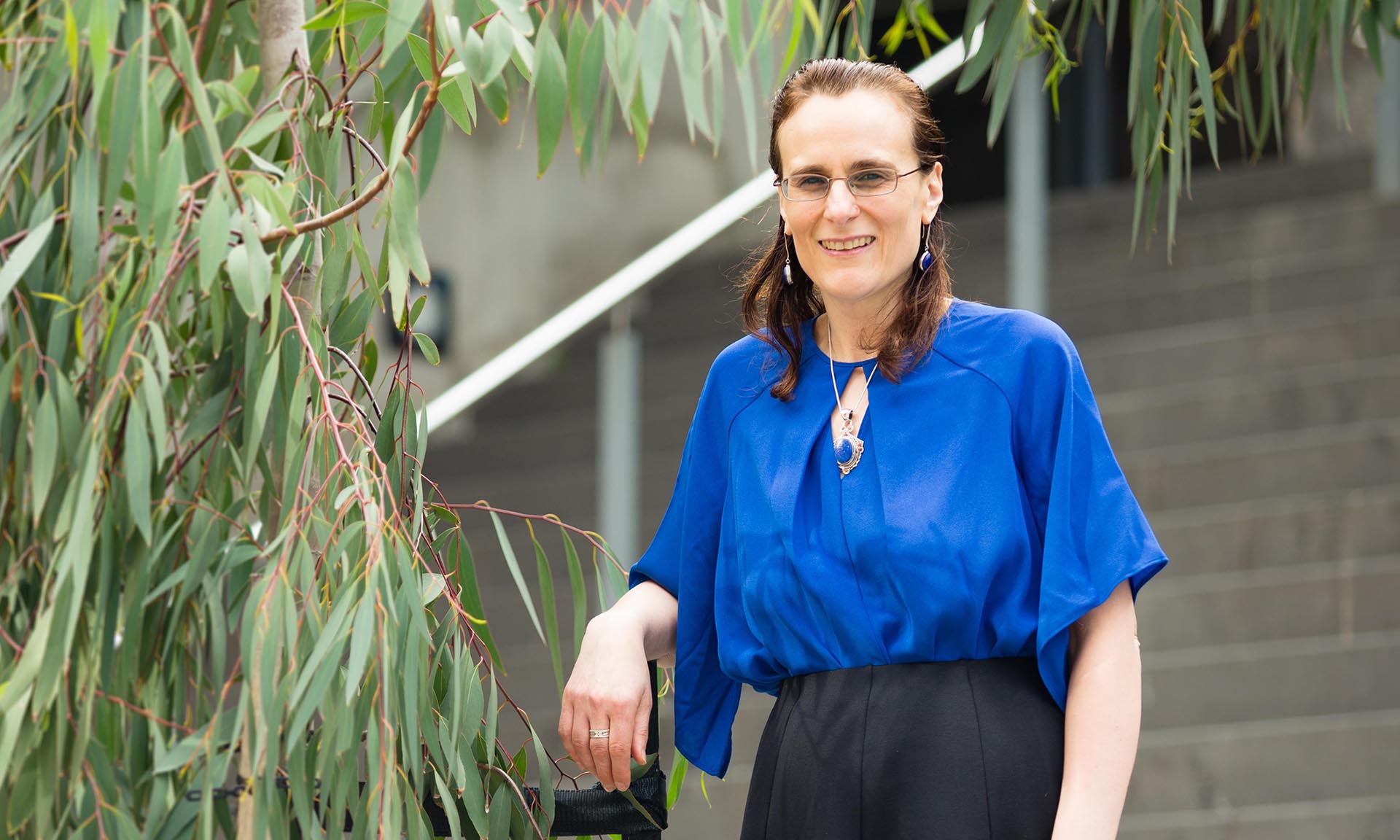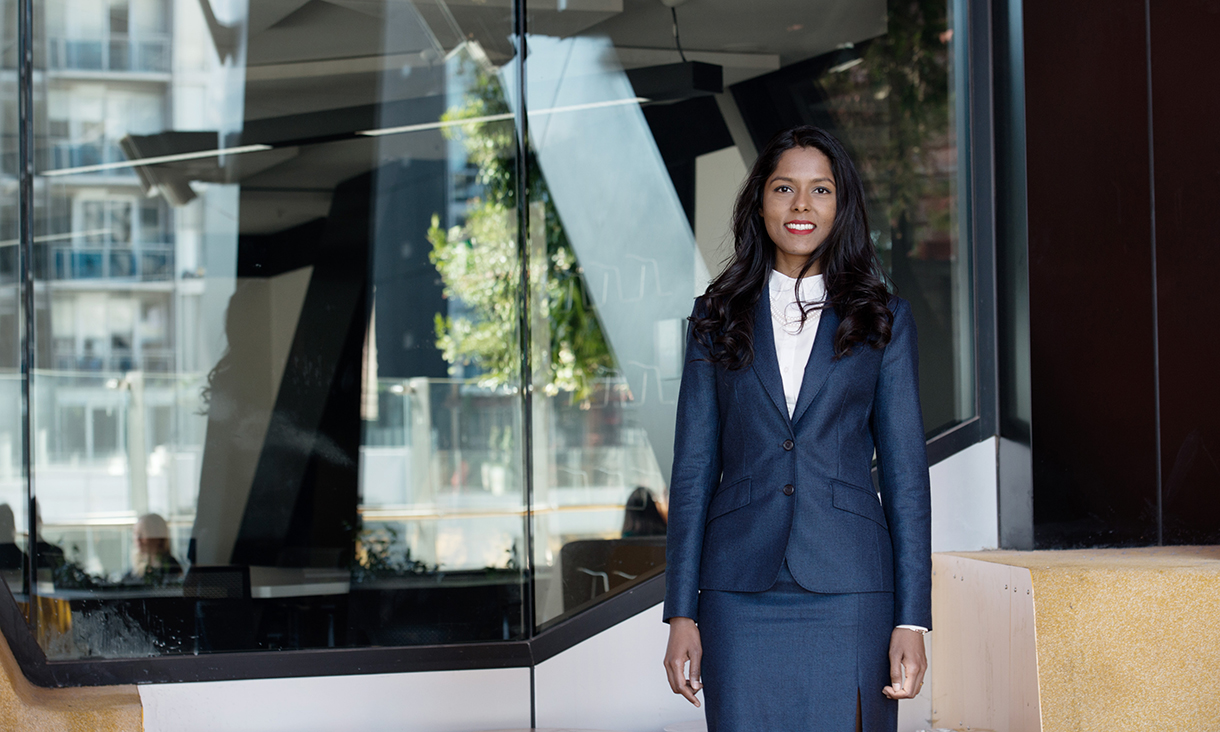Communication underwrites all our relationships. Partnerships, communities and political movements depend upon meaningful communicative exchange. It’s when those exchange systems break down that we run into problems.
Social media was sold as a solution to these problems, but those promises have fallen pretty flat. Instead of unity and community, social media is often an angry, disjointed and depressing place, awash with fake news, and increasingly prone to personal, corporate and state manipulation.
School of Media and Communication researcher Philip Pond, who studies the relationship between software, globalisation and communication, offers his expertise on how communicators can still have meaningful conversations in this environment.
Learn about your community
The data revolution is sometimes overstated, but the internet makes it possible to learn far more about your audience than was ever possible previously. Social analytics, mass data storage, predictive modelling – there are countless ways to explore communities, to tailor your communications and to offer better services. Learning about your audience doesn’t have to involve nefarious surveillance: if you want to know something about your customers, why not ask them?
Listening is hard
Community engagement needs effective communication, and effective communication is much easier with engaged communities. In short, at some point, you’re going to have to listen as well as speak. Listening can be hard, listening is never passive, but you cannot engage a community if no one believes you are listening. Fortunately, the internet provides a wealth of opportunities for listening, but you should have a strategy for it.
Choose the right tool
The way we talk about social media these days, we often forget these are very different tools and better suited for different things. Yes, there are similarities – researchers write about social media logics – but often the differences are what matter. If you’re going to choose the right tool for the job, you’re going to need to know how each works, how the software meets the social and with what effect. Do your research!
Narrow your focus
A generic social media strategy probably won’t work. A strategy that uses a specific social media tool carefully to solve a specific problem probably will. In other words: narrow your focus. There are many reasons why specific strategies are better than general ones. They’re easy to plan, easier to run and it’s easier to assess if they’re working.
Be agile or iterative be or better still, just pay attention…
Agility is a buzzword in digital strategy. If something’s not working, then change it quickly. Crunch the data and see what works. Ditch what doesn’t. Campaigns should get better the longer they run. It’s trial and error sometimes, but if you’re worried that sounds haphazard, call it ‘iterative strategy’ and increase the price.
Problems are better than ideas
Coders like to know exactly what needs fixing. A specific problem generally produces good code as opposed to a vague idea which generally produces confusion. Digital strategy is the same – if you don’t have a problem that Instagram can fix, then why are you worrying about Instagram? Life’s too short and there are other things to worry about. Like climate change.
Story: Nicholas Lucas




